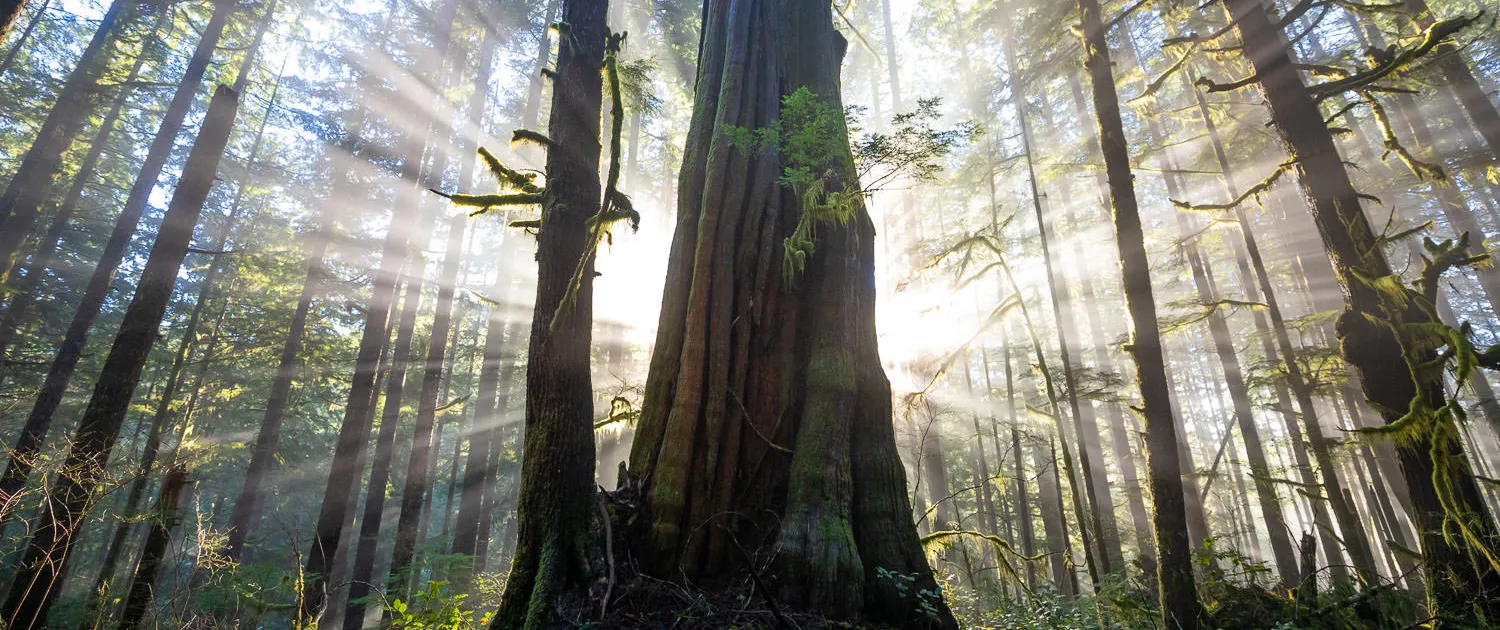
Cathedral Grove, Canada’s Most Famous Old-Growth Forest, Under Threat as Island Timberlands Moves to Log Adjacent Old-Growth Mountainside
Port Alberni, Vancouver Island – Cathedral Grove, Canada’s most famous old-growth forest, is under threat as one of the province’s largest logging companies, Island Timberlands, began falling a new logging road right-of-way last week towards a stand of old-growth Douglas-fir trees on the mountainside above Cathedral Grove. Cathedral Grove is in the 300 hectare MacMillan Provincial Park, an area smaller than Vancouver’s Stanley Park, located along the Cameron River at the base of Mount Horne where the planned logging would occur.

Conflict Escalates with Island Timberlands as Conservation Groups Rally in Cathedral Grove in Solidarity
Island Timberlands’ recent expansion of logging operations in multiple endangered old-growth forests on Vancouver Island has prompted diverse community conservation groups to call on the company to immediately back-off and for the BC Liberal government to be responsible and protect these lands.
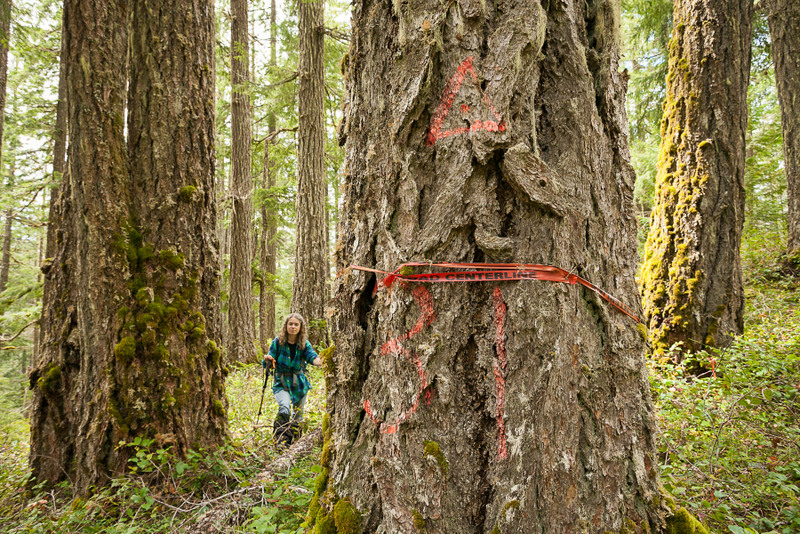
Island Timberlands Moves to Log Contentious Old-Growth Forests and Deer Winter Range Intended for Protection on Vancouver Island
Island Timberlands is moving full throttle to log some of their most contentious old-growth forest lands near Port Alberni, including “Juniper Ridge”, an ungulate winter range formerly intended for protection, and Labour Day Lake, the headwaters of Cathedral Grove’s Cameron River.
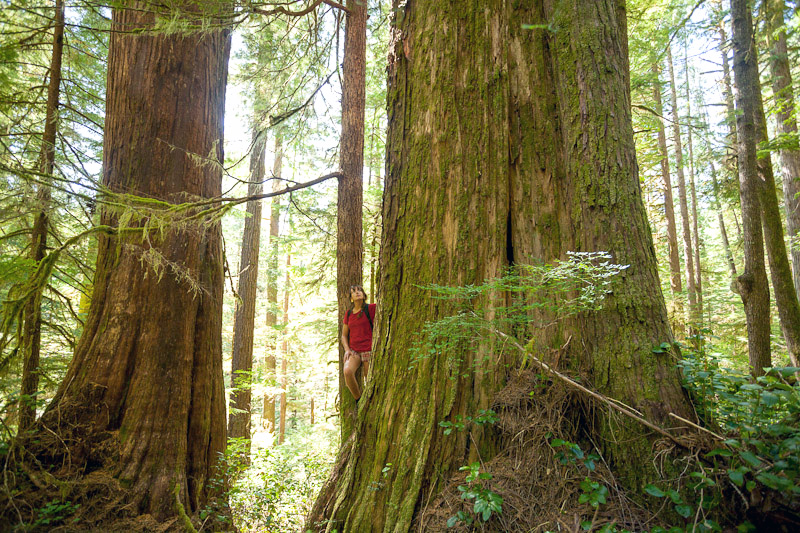
"The Good, the Bad, and the Wobbly"
With a provincial election tomorrow, the Ancient Forest Alliance is summarizing the position of BC’s main political parties for its supporters.

New Maps Highlight BC’s “Crisis in the Woods” due to Old-Growth Logging
New maps of BC’s southern coast highlight the ecological crisis in BC’s forests due to old-growth logging. The most conservative figures from the preliminary analysis of Vancouver Island and the southwest mainland reveal that at least 74% of the original, productive old-growth forests have been logged, including at least 91% of the biggest, best old-growth stands.
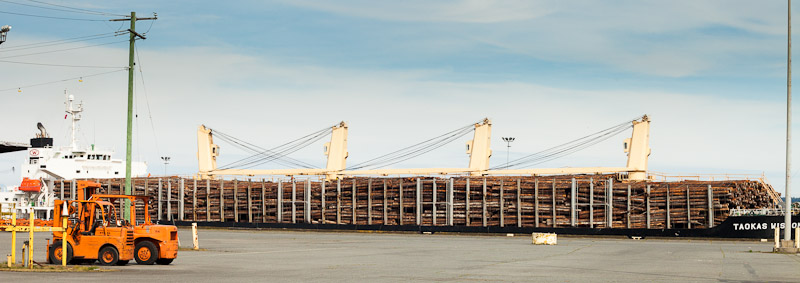
BC Liberal Government More Than Tripled Raw Log Exports to Foreign Mills
“The BC Liberals have decimated the province’s forestry workforce through massive raw log exports, industry deregulation, and unsustainable practices. 30,000 BC forest workers lost their jobs and over 70 mills were shut down under the BC Liberals, yet they've allowed companies to cut at near record levels,” stated Arnold Bercov, national forestry officer of the Pulp, Paper, and Woodworkers of Canada. “Under the BC Liberals, we lost both our forests and our jobs, it’s nuts.”
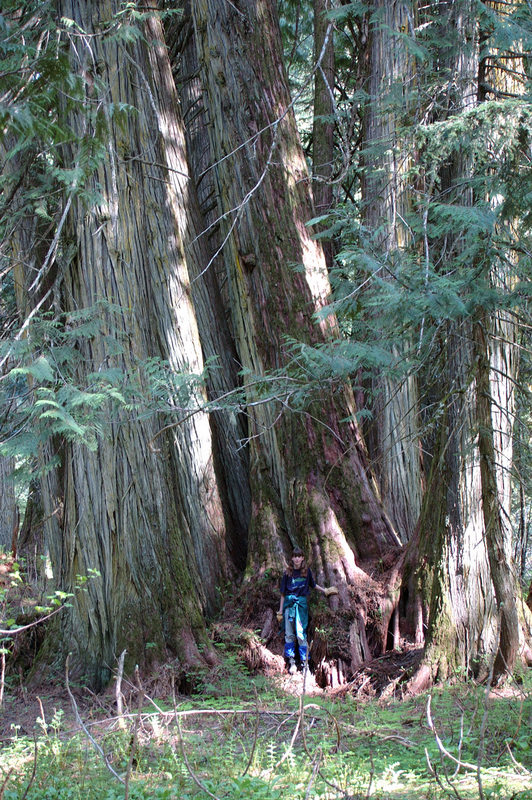
Proposal for UN World Heritage Site for the Giant Cedars in BC’s Inland Rainforest Gains Momentum
Proposal for UN World Heritage Site for the Giant Cedars in BC’s Inland Rainforest Gains Momentum Cooperation between conservationists across BC is ramping up a public awareness campaign to protect BC’s globally rare Inland Temperate Rainforest and to have one of its finest natural areas, highlighted by giant redcedars, designated as a UN World Heritage Site east of Prince George.
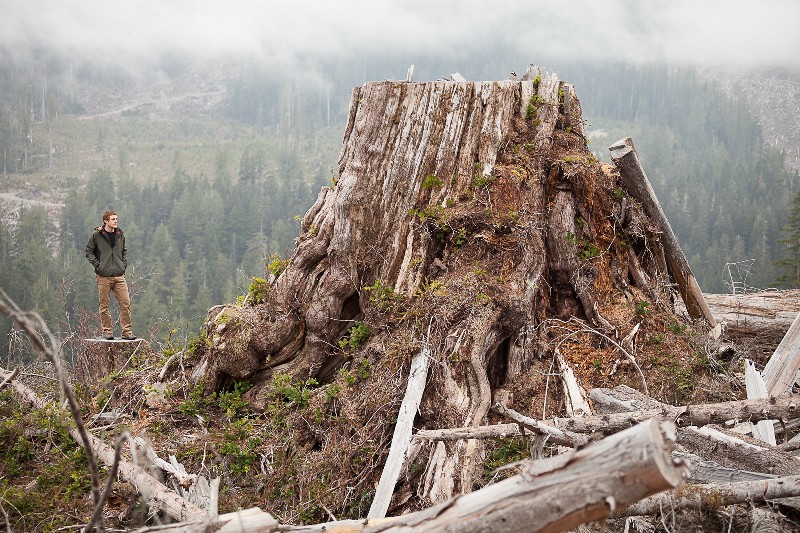
NDP Full Platform Released Today – Old-Growth Protection Mentioned and $1 million/year Allocated to Protect Endangered Species and Habitat
The Environment Platform states the party will “Protect significant ecological areas like wetlands, estuaries and valuable old-growth forests.” The recognition of the importance of protecting old-growth forests is a step forward for the party, which made no mention of old-growth or the environment in their previously released Forestry Platform, to the chagrin of conservationists. However, the critical details of “how much”, “where”, and “when” are not mentioned in today's platform.

NDP Environmental Platform is like a "Blurry Sasquatch Video” on Old-Growth Forest Protection and Park Creation – Details Needed
Today on Earth Day BC NDP leader Adrian Dix announced the party’s environment platform, stating that an NDP government would “reinvest in BC’s parks” and “protect endangered species and habitats”. A version of the media release (not posted online) also stated the party would work to “acquire” “wetlands” and “old-growth forests”.

Conservationists Launch Petition for BC’s Endangered Mountain Caribou, Call on BC’s Politicians to Protect Ecologically Vital Forests
Clearcuts adjacent to Mountain Caribou habitat support increased moose and deer, and so bolster predator populations that also prey on caribou. Mountain Caribou are the world’s most southerly reindeer and Canada’s largest old-growth dependent animal. Resident almost exclusively in British Columbia, their population has declined precipitously in recent decades.
